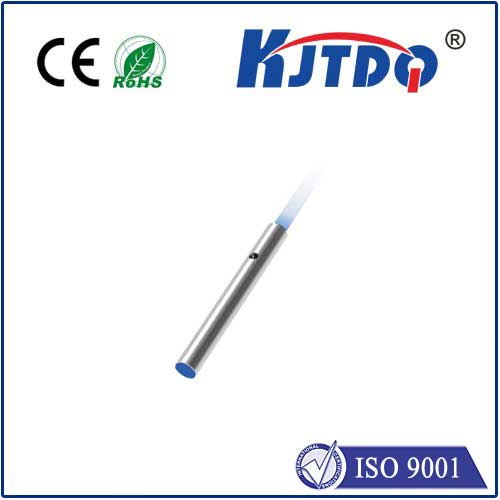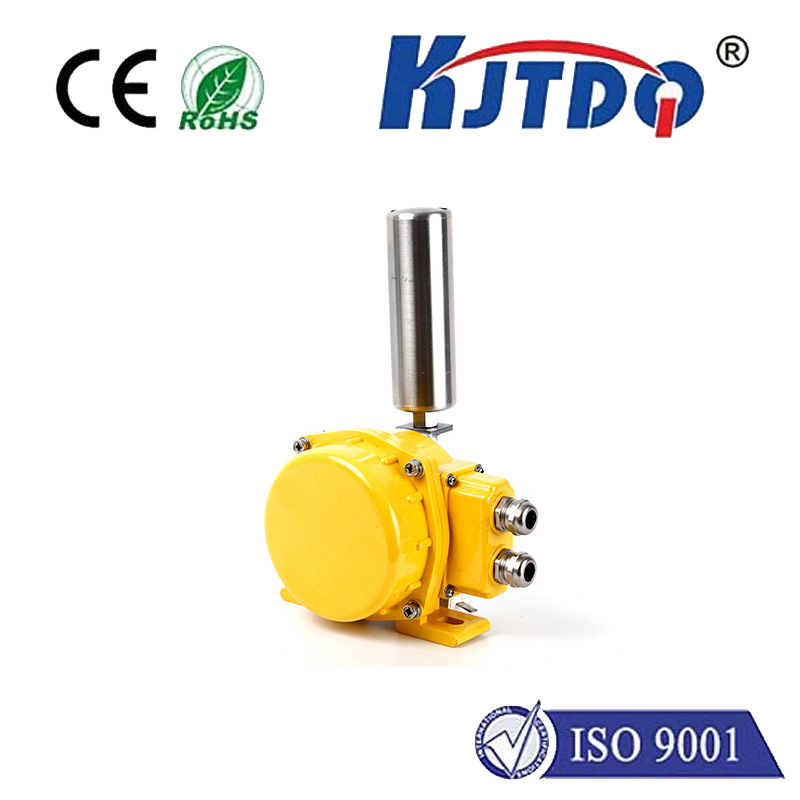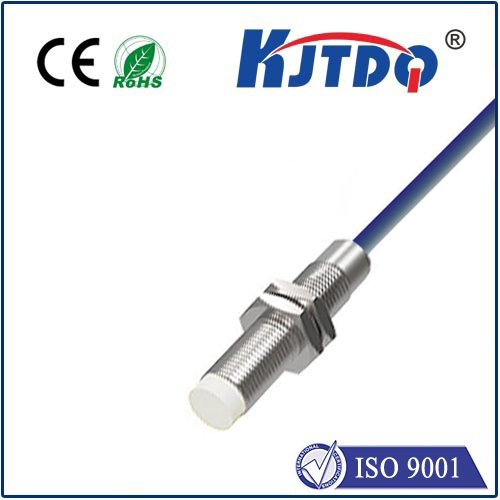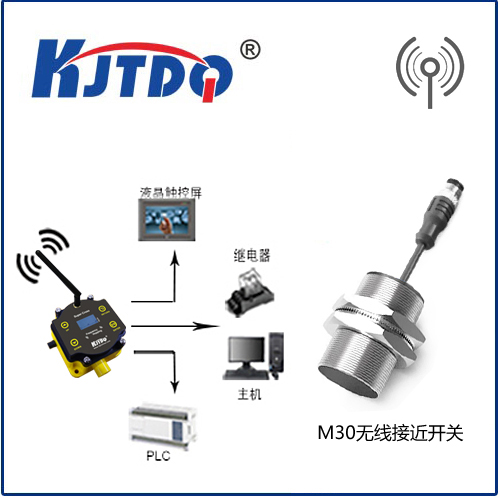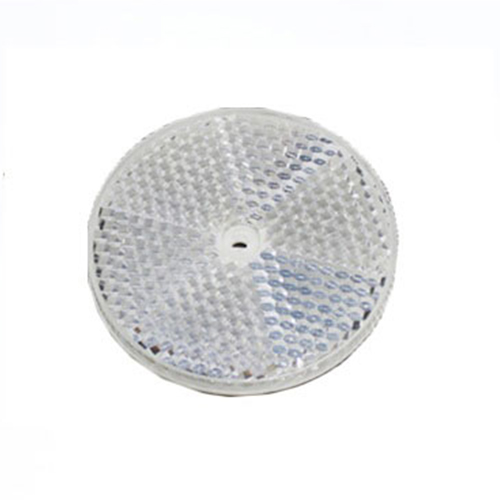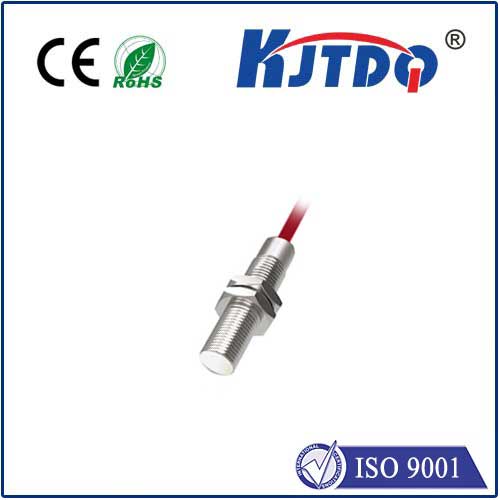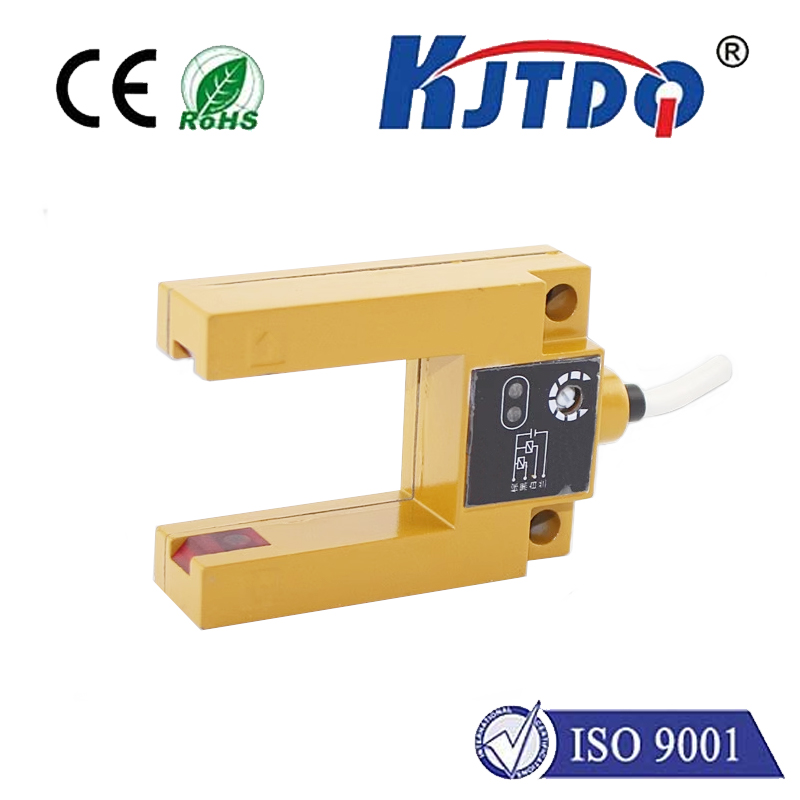BES0162 high pressure proximity sensor
- time:2025-10-01 05:22:42
- Нажмите:0
BES0162 High Pressure Proximity Sensor: Your Guardian in Demanding Industrial Environments
Imagine the catastrophic consequences of a hydraulic line rupture on a massive press, the sudden loss of pressure control in a deep-sea drilling operation, or the costly downtime caused by a failed actuator position feedback in automated manufacturing. In the unforgiving world of high-pressure industrial systems, reliable monitoring isn’t just beneficial – it’s critical for safety, efficiency, and asset protection. This is where specialized components like the BES0162 High Pressure Proximity Sensor step into the spotlight, engineered to perform where standard sensors falter.
Precisely engineered for environments where pressure isn’t just a factor but the dominant force, the BES0162 High Pressure Proximity Sensor represents a significant leap in sensing technology. Unlike conventional proximity sensors that might deform, leak, or fail outright under extreme stress, this sensor is designed from the ground up to withstand sustained, intense pressure while accurately detecting the presence or absence of metallic targets. Its core mission? To provide unwavering, reliable feedback in applications where failure is not an option.
Understanding the High-Pressure Challenge
Industrial settings like hydraulics, pneumatics, heavy machinery, oil and gas exploration, and chemical processing routinely operate at pressures ranging from hundreds to several thousand bar (or PSI). Standard proximity sensors, often housed in brass or plastic bodies with potential internal voids or weaker seals, are simply not built for this. Under such immense force:

- Housing Deformation: Sensor bodies can distort, compromising internal components or altering the critical sensing distance.
- Seal Failure: O-rings and gaskets can extrude or rupture, leading to leaks (potentially hazardous with fluids) or allowing contaminants inside the sensor.
- Internal Damage: Delicate electronic components and the sensing coil itself can be crushed or shifted.
- False Signals: Deformation can alter the electromagnetic field used for inductive sensing, leading to incorrect detection signals or complete loss of function.
The BES0162 is meticulously crafted to counter these destructive forces.
Core Features and Engineering Resilience
What sets the BES0162 apart is its robust construction and specialized design elements, making it the indispensable choice for high-pressure zones:
- Exceptional Pressure Rating: This is the defining characteristic. While exact ratings vary by model, the BES0162 series is specifically rated to perform reliably within hydraulic and pneumatic systems experiencing pressures significantly higher than standard industrial sensors can handle. It’s engineered to maintain integrity and accuracy under constant stress.
- Heavy-Duty Stainless Steel Housing: Typically constructed from high-grade stainless steel (e.g., 303, 304, or 316), the housing provides immense structural strength to resist deformation. The material choice also offers excellent corrosion resistance against aggressive fluids and harsh environmental conditions.
- Reinforced Sealing System: Utilizing advanced sealing technologies often rated for IP67, IP68, or even IP69K, the BES0162 employs robust O-rings and specialized sealing techniques designed to withstand extrusion and prevent ingress of fluids or contaminants under extreme pressure cycling.
- Solid Body Design: Minimizing internal voids is crucial. The BES0162 often features a compact, near-solid construction, reducing potential points of failure and maximizing pressure resistance. The sensing face is robust and integrated directly into this strong housing.
- Inductive Sensing Principle: As an inductive proximity sensor, the BES0162 generates an electromagnetic field. When a metallic target enters this field, it causes an eddy current loss, detected by the sensor’s electronics. This contactless, wear-free principle is ideal for dirty or high-pressure environments where mechanical switches would fail quickly. It reliably detects ferrous metals (iron, steel) and often non-ferrous metals (aluminum, brass, copper, etc.) within its specified range.
- Standard Electrical Outputs: Offering compatibility with industrial control systems, common outputs include DC 3-wire (NPN or PNO transistor switch), typically 10-30V DC. This provides a straightforward “on/off” signal indicating target presence within the defined sensing range.
Where the BES0162 Proves Its Mettle: Key Applications
The unique capabilities of the High Pressure Proximity Sensor BES0162 make it indispensable across numerous demanding sectors:
- Hydraulic Systems: Monitoring piston position within cylinders, detecting end-of-stroke in high-pressure power units, verifying valve spool position, confirming clamp or tool engagement on presses and injection molding machines.
- Pneumatic Systems (High-Pressure): Position feedback in high-pressure air cylinders, sequencing control in specialty pneumatic equipment operating above standard pressures.
- Fluid Power Engineering: Monitoring pump status, pressure line existence, or component position within complex high-pressure fluid circuits.
- Oil & Gas Exploration/Production: Position sensing on BOPs (Blowout Preventers), subsea equipment, drilling rig components, and pipeline monitoring systems exposed to immense pressures.
- Тяжелая техника: Position feedback on excavator arms, bulldozer blades, crane hydraulics, and other mobile equipment under heavy load.
- Chemical & Process Industries: Monitoring valve positions or actuator status within pipelines carrying high-pressure chemicals or gases.
- Test Benches & Pressure Vessels: Verifying component position during high-pressure testing cycles where standard sensors wouldn’t survive.
Installation and Integration Considerations
Integrating the BES0162 High Pressure Proximity Sensor effectively requires attention to detail:
- Mounting: Ensure secure mounting directly onto the pressurized component (e.g., cylinder body, valve block) using the specified threads (commonly M8x1, M12x1, M18x1.5, or M30x1.5). Proper torque is critical to maintain seal integrity under pressure; always follow manufacturer specifications.
- Target Material & Distance: Adhere strictly to the sensor’s rated sensing distance. This distance is calibrated for specific target materials (usually mild steel). Using other materials or exceeding the distance will reduce performance. Ensure the target approaches the sensing face perpendicularly for optimal detection.
- Electrical Connections: Use shielded cable for noise immunity in electrically noisy industrial environments. Connect wiring according to the datasheet (Brown = +V, Blue = 0V, Black = Signal Out). Protect connections using suitable cable glands.
- Pressure Compatibility: Verify the sensor’s maximum pressure rating (PSI or bar) exceeds the maximum possible pressure in your specific application, including any potential pressure spikes or surges.
The Tangible Benefits: Beyond Just Detection
Choosing the BES0162 over a standard proximity sensor in high-pressure zones delivers measurable advantages:
- Повышение безопасности: Critical fail-safe detection prevents equipment operation in unsafe states, protecting personnel from potential accidents caused by unexpected pressure releases or component failures.
- **Maximized Uptime & Reduced

